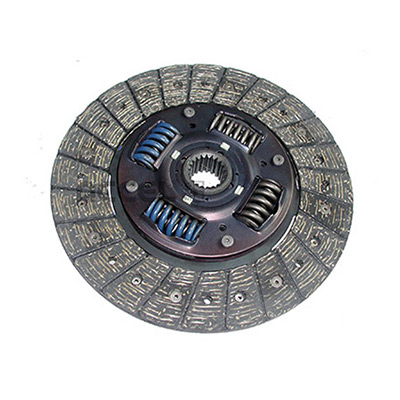Types of Intumescent Strips A Comprehensive Overview
Intumescent strips are crucial components in fire protection systems, primarily used in buildings to prevent the spread of smoke and flames during a fire. These strips are designed to swell and expand when exposed to high temperatures, sealing gaps in doors, windows, and other structural openings. This action is essential in maintaining the integrity of fire-resistant barriers. Understanding the various types of intumescent strips and their applications can help in selecting the right solution for specific fire safety needs.
1. Basic Definition and Functionality
Intumescent materials typically consist of special chemicals that react to heat. When temperatures reach a certain threshold—often around 200°C (392°F)—these materials begin to expand significantly. This expansion creates a solid barrier that helps to contain flames and smoke, effectively buying time for occupants to escape and for fire services to respond. Intumescent strips can be made from various substrates, including rubber, silicone, and polymers, each providing unique properties suitable for different applications.
2. Types of Intumescent Strips
Intumescent strips can be categorized into several types based on their composition, installation method, and applications
- Rubber Intumescent Strips These strips are flexible and suitable for door frames and window seals. Their rubber base provides excellent durability, while the intumescent properties ensure a reliable seal against fire. Commonly used in interior doors, they can withstand the wear and tear of everyday use while still performing effectively in fire situations.
- PVC Intumescent Strips Made from polyvinyl chloride, these strips are cost-effective and widely used in commercial buildings. PVC intumescent strips can be combined with other materials to enhance their effectiveness against flame and smoke, making them suitable for a variety of applications, including residential and industrial settings.
types of intumescent strips

- Silicone Intumescent Strips Known for their high-temperature resistance, silicone strips are excellent for applications where higher temperatures may be expected. They are often used in environments that may not only face fires but also other heat-generating sources, such as industrial facilities. Silicone strips maintain their pliability over a broader temperature range, ensuring a reliable seal.
- Fire Rated Intumescent Sealing Systems These systems often integrate intumescent strips with additional components, such as gaskets or fireproof boards. They create comprehensive barriers that can withstand prolonged exposure to fire. Ideal for critical applications, such as stairwell doors and barriers in multi-story buildings, these systems are rigorously tested to ensure code compliance and safety.
3. Installation and Maintenance
The proper installation of intumescent strips is crucial for ensuring their effectiveness during a fire. It is important to follow the manufacturer's guidelines regarding placement, spacing, and sealing methods. Generally, these strips should be positioned around the perimeter of door frames or window openings to ensure maximum coverage. Regular maintenance checks should be conducted to ensure that the strips have not become damaged or degraded due to environmental factors.
4. Benefits of Using Intumescent Strips
The primary benefit of intumescent strips is enhanced fire safety. They help in minimizing the spread of smoke and flames, protecting escape routes and critical areas within a building. Moreover, their versatility allows them to be used in a variety of applications, from residential properties to commercial and industrial buildings. Intumescent strips also often contribute to a building's overall energy efficiency by minimizing air leakage, leading to potential cost savings in heating and cooling.
Conclusion
In conclusion, intumescent strips are a vital component of modern fire protection systems. With various types available, each suited for different applications, it is essential to choose the right strip based on the specific needs of the building and its intended use. By understanding the properties and functions of these materials, property owners and builders can facilitate the safety of their structures and occupants in the event of a fire, ultimately enhancing overall safety and compliance with fire regulations.
-
XIANGFAN Rubber Tape-Ultimate Solutions for All Your Insulation NeedsNewsJun.24,2025
-
XIANGFAN Rubber Tape-Protection for Industrial and Residential ApplicationsNewsJun.24,2025
-
XIANGFAN Rubber Tape: Superior Safety and Sealing for Demanding EnvironmentsNewsJun.24,2025
-
XIANGFAN Rubber Tape: Reliable Solutions for Every Electrical ChallengeNewsJun.24,2025
-
XIANGFAN Electrical & Industrial Tape: Powering Reliability Across IndustriesNewsJun.24,2025
-
XIANGFAN Electrical & Industrial Tape: Excellence in Every ApplicationNewsJun.24,2025
